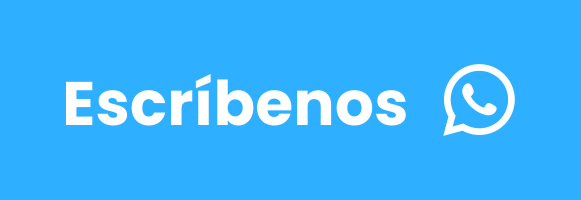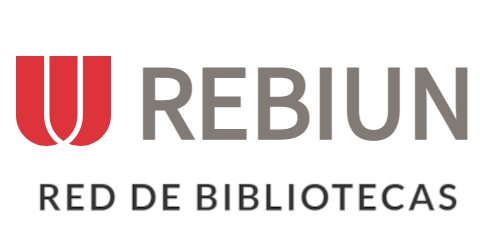Case Study: Gamification as a strategy for vocabulary learning in university students
Resumen
Research have shown that gamification can have a great and positive impact in students’ motivation and engagement with their learning. Since Covid-19 and social distance happened, teachers needed to adapt and create the conditions for students to continue with their learning, to boost their interest and motivation in a virtual environment. As a result, the use of online games seemed to be a way to grab students’ attention and to increase their level of participation in class while learning new vocabulary. Some authors have commented that at least 10 to 17 encounters might be necessary for word meaning to be recalled. Games used as a tool in vocabulary learning in a second language allow repetition through failure taking away the shyness or shame to try it again. The aim of this survey was to know the perception on the effectiveness of using online games when learning vocabulary at the English area of the Technical University of Babahoyo. The results showed that most teachers are willing to use online games. Even though some of them found it difficult to use games based on their content, they realized that gamification helped most of the students to engage in class. Students were more open to receiving information when experimenting with progress and persisted in their learning when they receive feedback repeatedly. Nevertheless, vocabulary acquisition also involves other aspects besides the meaning which opens new doors for this study to expand and explore in further research.
Descargas
Citas
A. Hernández,. La motivación en los estudiantes universitarios. Revista Actualidades Investigativas en Educación, 2011, vol. 5, no 2.
Campbell, A. A. (2016). Gamification in higher education: Not a trivial pursuit. St. Thomas University.
Fogg, B. J. (2002). Persuasive technology: using computers to change what we think and do. Ubiquity, 2002(December), 2.
Garcia-Iruela, M., & Hijón-Neira, R. (2020). What perception do students have about the gamification elements?. IEEE Access, 8, 134386-134392.
Genç Ersoy, B., & Belet Boyacı, Ş. D. (2021). Devising gamification for vocabulary development and motivation: an experimental, mixed-model study. International technology and education journal, 5(1), 32-49.
Gros, B. (2007). Digital games in education: The design of games-based learning environments. Journal of research on technology in education, 40(1), 23-38.
Hatch, Evelyn. &. Brown, Cheryl. 2000. Vocabulary, Semantics, and Language Education. Third Edition. Cambridge: Cambridge University Press.
Hiebert, E. H., & Kamil, M. L. (2005). Teaching and learning vocabulary: Bringing research to practice. Routledge.
Kurniawati, K., Regina, R., & Rosnija, (2015). E. TEACHING VOCABULARY USING VISUAL NARRATIVE. Jurnal Pendidikan dan Pembelajaran Khatulistiwa, 7(6).
Lui, S. (2013). Use of Gamification in Vocabulary Learning: A Case Study in Macau. CELC Symposium, 90–97. http://www.nus.edu.sg/celc/research/books/4th Symposium proceedings/13). Sze Lui.pdf
Lee, J. J., & Hammer, J. (2011). Gamification in education: What, how, why bother? Academic Exchange Quarterly, 15(2).
Muntean, C. I. (2011). Raising engagement in e-learning through gamification. In The 6th International Conference on Virtual Learning ICVL 2012 (pp. 323–329).
McGonigal, J. (2011). Reality is broken: Why games make us better and how they can change the world. Penguin.
Nation, I. S. P. (2013). Learning vocabulary in another language (2nd ed.). Cambridge, UK: Cambridge University Press.
Pellicer-Sánchez, A., & Schmitt, N. (2010). Incidental vocabulary acquisition from an authentic novel: Do “Things Fall Apart”? Reading in a Foreign Language, 22, 31–55.
Rivera, E. S., & Garden, C. L. P. (2021). Gamification for student engagement: a framework. Journal of further and higher education, 45(7), 999-1012.
Vanduhe, V. Z., Nat, M., & Hasan, H. F. (2020). Continuance intentions to use gamification for training in higher education: Integrating the technology acceptance model (TAM), Social motivation, and task technology fit (TTF). IEEE Access, 8, 21473-21484.
Derechos de autor 2022 David Gortaire Díaz;María José Sandoval Pérez;Elma Romero Ramírez;Julio Mora Aristega

Esta obra está bajo licencia internacional Creative Commons Reconocimiento 4.0.











.png)




















.png)
1.png)


